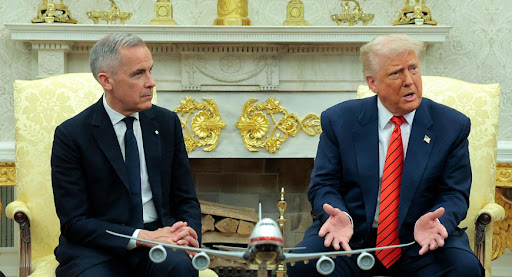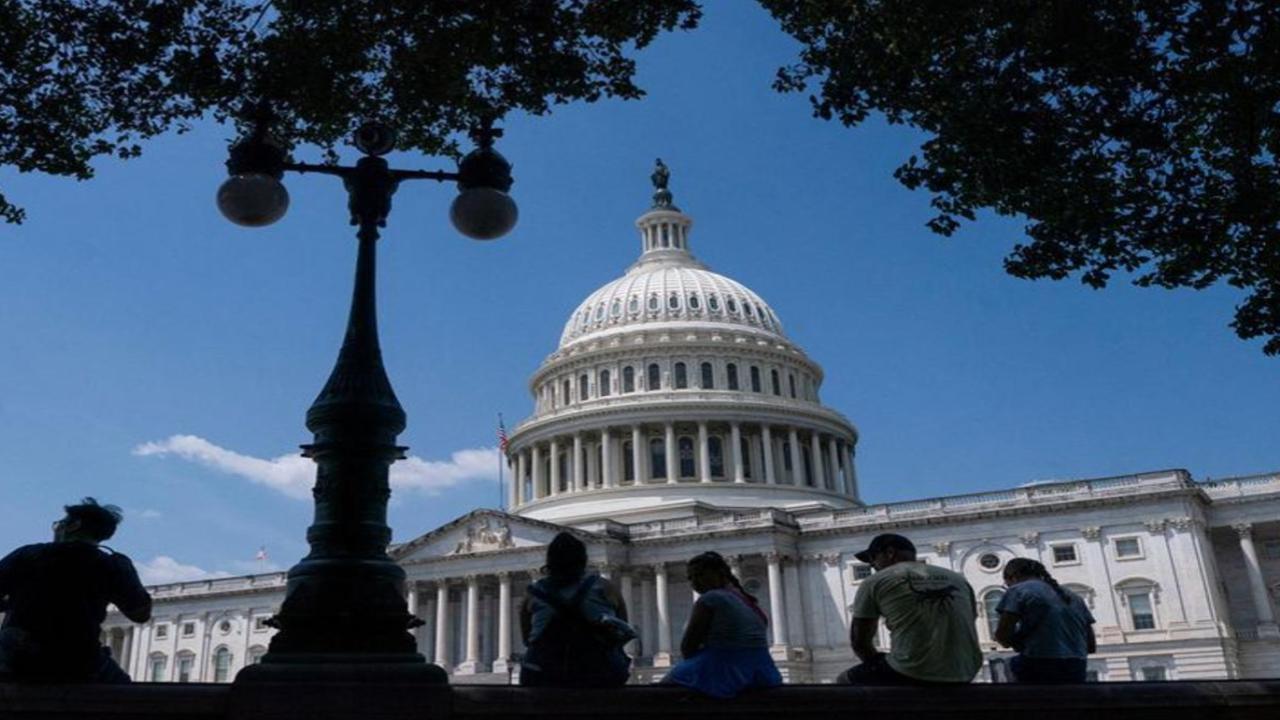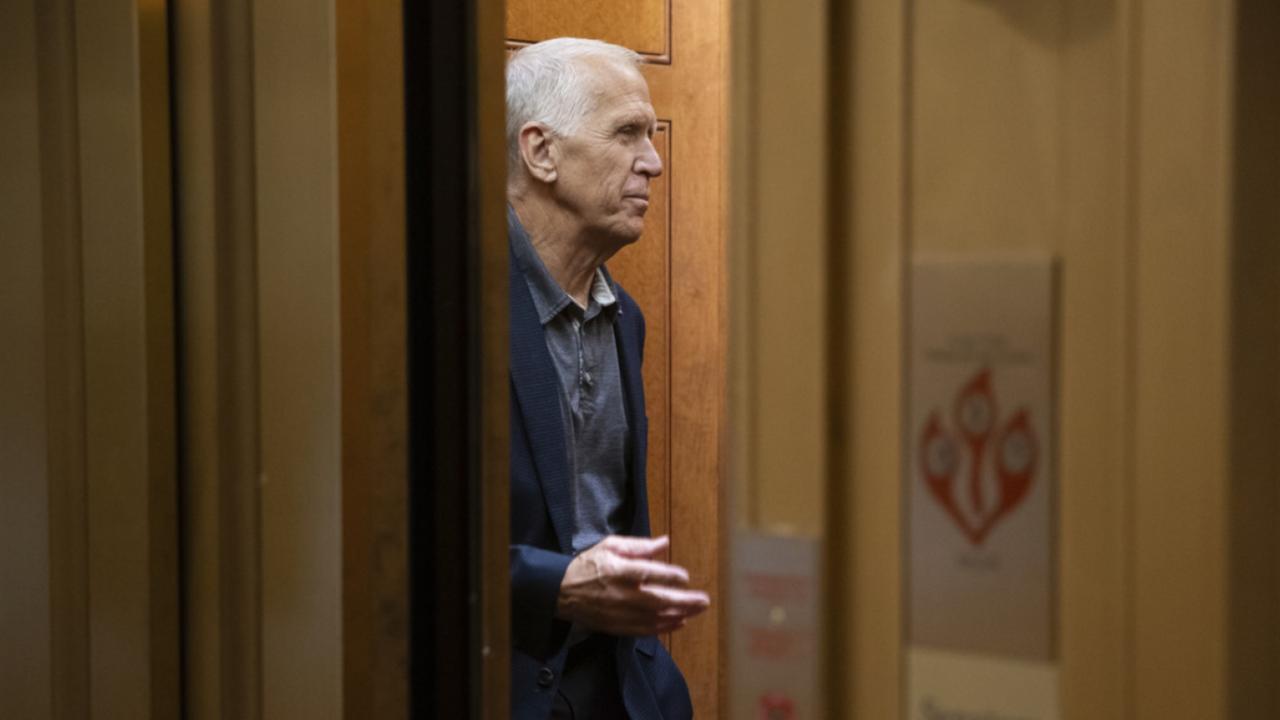Canada has hit pause on its controversial Digital Services Tax (DST) just hours before it was set to kick in on June 30, 2025. The move—described by officials as temporary—sacrifices an expected C$7.2 billion in revenue over five years in a bid to salvage high-stakes trade negotiations with the United States.

Digital Services Tax Derailed
| Takeaway | Data |
|---|---|
| Projected revenue loss | C$7.2 billion over five years |
| Targeted companies | U.S. tech giants like Meta, Netflix, Amazon |
| Trade negotiation deadline | July 21, 2025 |
Canada’s eleventh-hour decision to ditch its Digital Services Tax dodged a trade war with the U.S., but not without cost. While trade talks resume, the bigger fight over how to fairly tax tech giants—and who has the power to do it—remains far from over.
What Was the Digital Services Tax?
The DST, passed in 2024, was a 3% levy on revenue earned from digital services—like online advertising and e-commerce—generated in Canada. It was designed to target large multinational corporations earning over €750 million globally and at least C$20 million from Canadian digital users.
Set to be retroactive to January 1, 2022, the tax drew immediate ire from the U.S., which claimed it unfairly targeted American tech firms.
Why Did Canada Backtrack?
On June 27, former President Donald Trump, now seeking re-election, suspended ongoing trade talks with Canada and warned of retaliatory tariffs unless the DST was scrapped. The U.S. had already triggered a dispute resolution process under the USMCA agreement in 2024, asserting that the tax discriminated against American companies.
Facing potential tariffs on steel, aluminum, and autos—not to mention a freeze in over C$1.3 trillion in annual cross-border trade—Canada blinked.
By June 30, Finance Minister François-Philippe Champagne announced the DST would not take effect, and trade negotiations were back on track. The new deadline for a bilateral economic and security agreement: July 21.
What’s at Stake for Canada?
Canada is the U.S.’s second-largest trading partner, and even the hint of disruption rattled markets. The Trudeau-Carney government is trying to walk a tightrope: maintaining its sovereignty on tax policy while keeping U.S. trade flowing and diplomacy intact.
Critics at home, including tech analysts and opposition lawmakers, say Canada caved too easily. “It shows that Canada can be pushed around by U.S. business interests,” said commentator Paris Marx, calling it a blow to digital tax fairness.
Still, supporters argue that C$7.2 billion in lost tax revenue is a small price to avoid a trade war that could cost the economy far more.

U.S. Victory or Strategic Diplomacy?
For the U.S., the Canadian retreat is a win. American trade groups cheered the decision, which spares companies like Google and Amazon from a new round of compliance costs and potential tax bills stretching back to 2022.
Trump’s team framed the move as proof that “America First” works. Canadian officials, meanwhile, are pushing a more diplomatic line. “This is about creating space for real progress in a broader economic and security partnership,” said Champagne.
The Bigger Picture: Global Tax Reform in Limbo
Canada originally tied the DST to stalled talks at the OECD over how to tax digital services globally. Under the proposed “Pillar One” agreement, countries would get a share of profits based on where digital users are, not just where companies are headquartered.
But with those talks lagging and other countries like France and the UK pursuing unilateral digital taxes, Canada acted alone—and then pulled back.
What’s Next?
Canada and the U.S. now have less than three weeks to hammer out a comprehensive deal that could reshape trade, security, and even digital regulation. Until then, the DST is in limbo.
Back home, Canada faces a new kind of scrutiny—one not from foreign diplomats, but from voters and watchdogs questioning whether Ottawa gave away too much, too soon.






